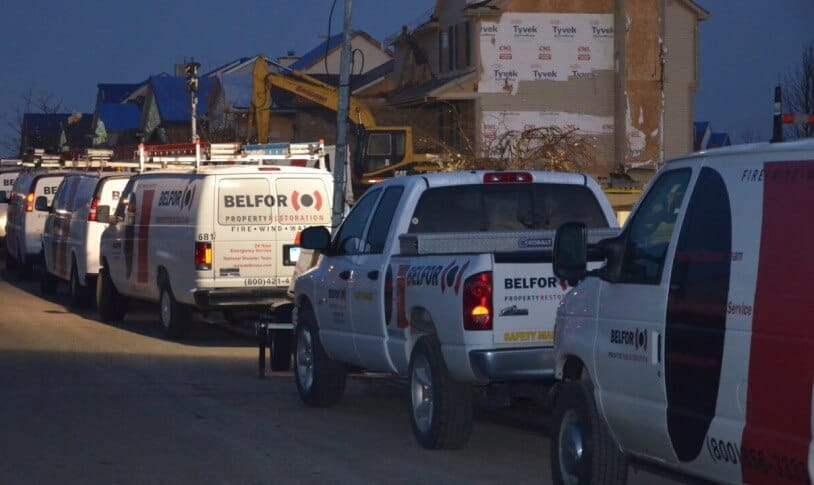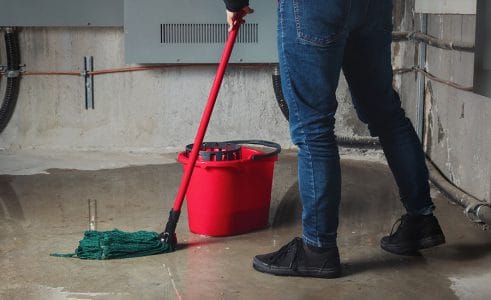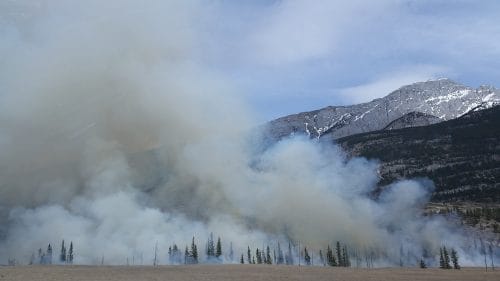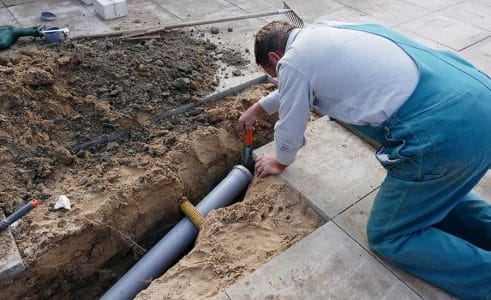Protect Your Home with Our Water Damage Cleanup and Repair Services
Water damage can be deeply distressing, threatening the integrity of your home and the well-being of your family.
At BELFOR, we can provide expert water extraction, decontamination, and drying to protect both your home and your health.
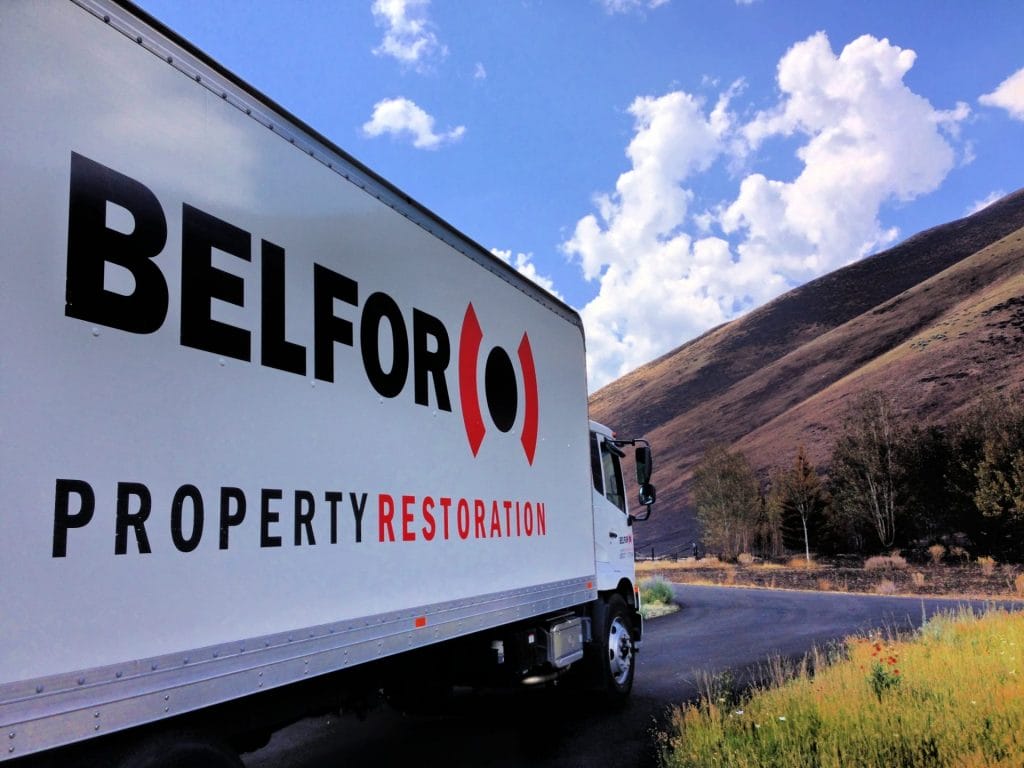
Understanding Residential Water Damage Mitigation
If you’re facing water damage from a burst pipe, flood, or any other cause, quick and effective action is crucial.
- There are other factors to consider in water mitigation, such as decontamination and treating porous materials (for example, carpet or drywall) that can hold water.
- If you don’t treat it right away, bacteria can potentially thrive and cause future problems, such as mold growth.
- For detailed information on how water damage can impact your property and proactive measures you can take, visit our water damage repair and flood damage pages.
- At BELFOR, we’re here to address the damage so you can focus on getting your life back to normal as quickly as possible.
Flood Water Cleanup Services for Homeowners
Water cleanup is a requirement after any water intrusion, such as flooding or flood damage.
- Once floodwater subsides, it’s important to hire a professional disaster recovery specialist, like BELFOR.
- Floods pose unique dangers not typical of internal household leaks, such as highly contaminated water and increased risk of structural and electrical damage.
- Delays in cleanup can significantly worsen the situation, as damage can rapidly deteriorate.
- Regardless of the flood’s severity, professional water cleanup can achieve remarkable results, preserving personal property, business assets, and much more.
BELFOR’s Water Damage and Cleanup Repair Process
BELFOR has more than 70 years of experience restoring water-damaged properties. We understand the importance of responding quickly and implementing a successful water restoration plan.
Our water damage restoration process evaluates three criteria to determine the best course of action, including:
- Amount of property damage
- Degree of contamination
- Replacement vs. restoration costs
The time it takes to fully complete water restoration can vary based on several different factors. You can find out more about these in our water extraction and drying and flood damage pages.
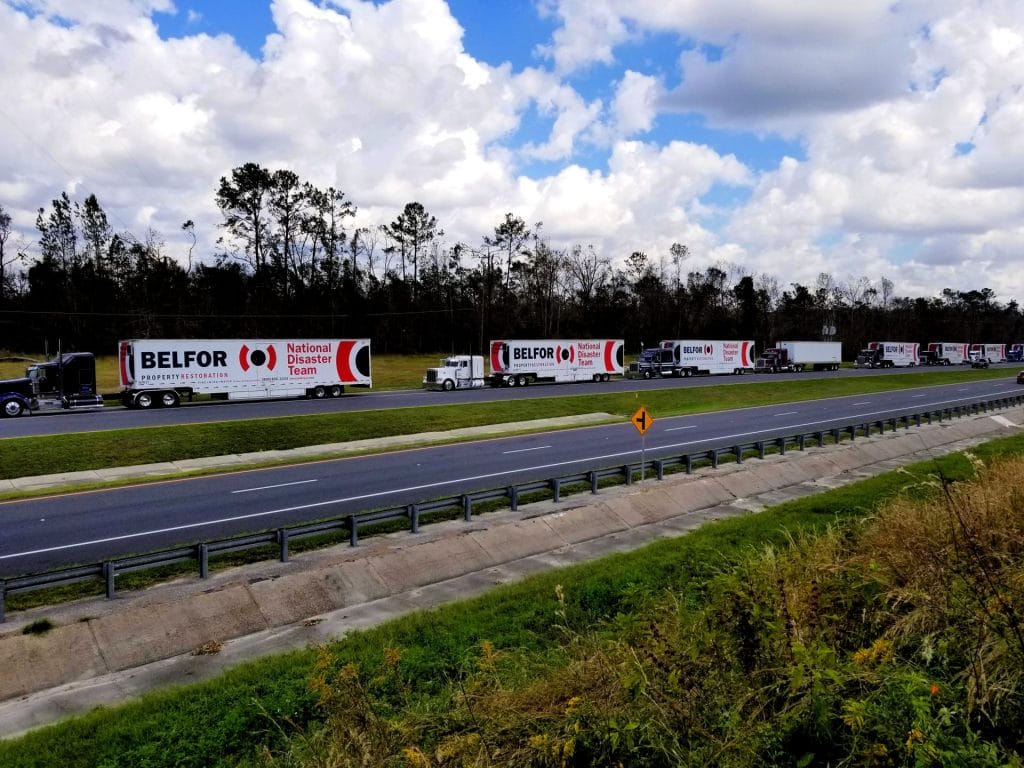
Interested in Our Residential Water Damage and Cleanup Repair Services?
Water damage poses a significant risk to your property, and if you don’t address it promptly, it can lead to mold growth and lasting damage to your home’s interior.
BELFOR understands how stressful this can be and is here to help you through every step of the process.
With our support, you can successfully recover and restore your home from water damage.
Do you have any questions or need immediate assistance? We’re here and ready to help!
Full Time Dedicated Professionals
We will stand by you to ensure a complete recovery.
Related Insights
Water Damage Frequently Asked Questions
Water damage is property damage caused by the intrusion of water. It can result in damage to various areas of the property, including walls, ceilings, floors, carpets, and furniture.
Severe water damage can rot wood and result in mold growth, which can cause additional issues within the property.
To prevent mold growth after water damage, it is important to deal with the damage immediately and to ensure all water is properly extracted from the property and normal moisture levels are restored.
As such, it is important to have water extraction and drying performed by professionals so that all water is removed, even from difficult-to-access areas like behind walls and under floorboards.
Most homeowners insurance policies do help to cover water damage if the cause is sudden and accidental.
The extent to which your insurance will help to cover water damage to your home depends on your policy.
We will work with your insurance company to determine how much of the damage is covered under your policy.
.jpg)
